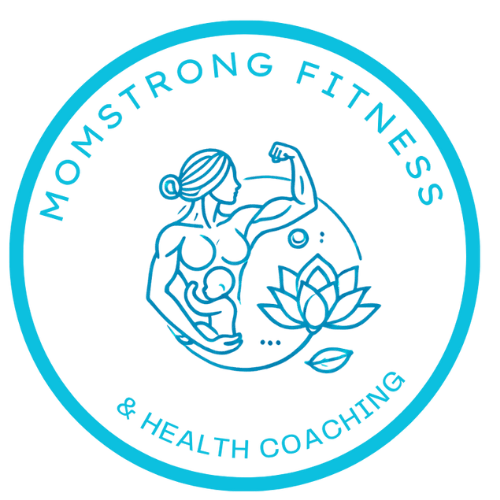
Exercising in the summer heat can be exhilarating, but it also presents challenges that require careful consideration of hydration and health strategies. Whether you're running, cycling, hiking, or enjoying outdoor sports, here are essential tips to help you stay healthy and hydrated during hot weather workouts.
Importance of Hydration
Proper hydration is crucial for maintaining performance, preventing heat-related illnesses, and supporting overall health during summer exercise. When you exercise in the heat, your body loses fluids through sweat to regulate temperature. Dehydration can lead to fatigue, muscle cramps, heat exhaustion, or even heat stroke. Here’s how to stay hydrated effectively:
Pre-Hydration: Begin hydrating well before your workout. Drink water throughout the day to ensure you start adequately hydrated. Aim for at least 16-20 ounces (500-600 ml) of water a few hours before exercise.
During Exercise: Hydrate continuously during your workout. Drink 7-10 ounces (about 200-300 ml) of water every 10-20 minutes, especially in prolonged or intense activities. If your workout exceeds 60 minutes or involves intense sweating, consider a sports drink with electrolytes to replenish sodium, potassium, and other minerals lost through sweat.
Post-Exercise: Rehydrate after your workout to replace lost fluids and electrolytes. Monitor your urine color—if it’s pale yellow, you’re likely adequately hydrated. Darker urine may indicate dehydration, so continue drinking water until it lightens.
Tips for Exercising Safely in the Heat
Choose the Right Time: Schedule outdoor workouts during cooler parts of the day, such as early morning or late evening. Avoid exercising during the hottest hours, typically between 10 a.m. and 4 p.m.
Dress Appropriately: Wear lightweight, moisture-wicking clothing that allows sweat to evaporate and keeps you cool. Opt for light colors to reflect sunlight and reduce heat absorption.
Take Breaks and Pace Yourself: Listen to your body and take breaks as needed. Adjust your workout intensity and duration based on how you feel in the heat. Overexertion increases the risk of heat-related illnesses.
Seek Shade and Cool Environments: Plan routes that offer shade or include rest stops in shaded areas. If possible, choose exercise locations with access to indoor facilities or shaded areas for breaks.
Sun Protection
Apply Sunscreen: Use a broad-spectrum sunscreen with SPF 30 or higher to protect exposed skin from harmful UV rays. Reapply sunscreen every two hours or more frequently if sweating heavily.
Wear Sunglasses and a Hat: Protect your eyes and face by wearing sunglasses with UV protection and a lightweight hat to shield your head and face from direct sunlight.
Signs of Heat-Related Illnesses
Recognize the symptoms of heat-related illnesses such as heat cramps, heat exhaustion, and heat stroke:
- Heat Cramps: Muscle cramps, usually in the legs or abdomen, accompanied by heavy sweating.
- Heat Exhaustion: Profuse sweating, weakness, dizziness, nausea, headache, and cool, clammy skin.
- Heat Stroke: High body temperature (above 104°F or 40°C), confusion, rapid pulse, unconsciousness, and hot, dry skin.
If you experience any symptoms of heat-related illness, stop exercising, move to a cooler place, and hydrate immediately. Seek medical attention if symptoms persist or worsen.
Conclusion
Exercising in the summer heat offers many benefits but requires mindful preparation and precautions to stay healthy and safe. By prioritizing hydration, adjusting exercise routines, protecting yourself from the sun, and recognizing signs of heat-related illnesses, you can enjoy outdoor workouts while minimizing risks. Listen to your body, stay hydrated, and take steps to stay cool and protected—it’s the key to staying fit and healthy throughout the summer months.



